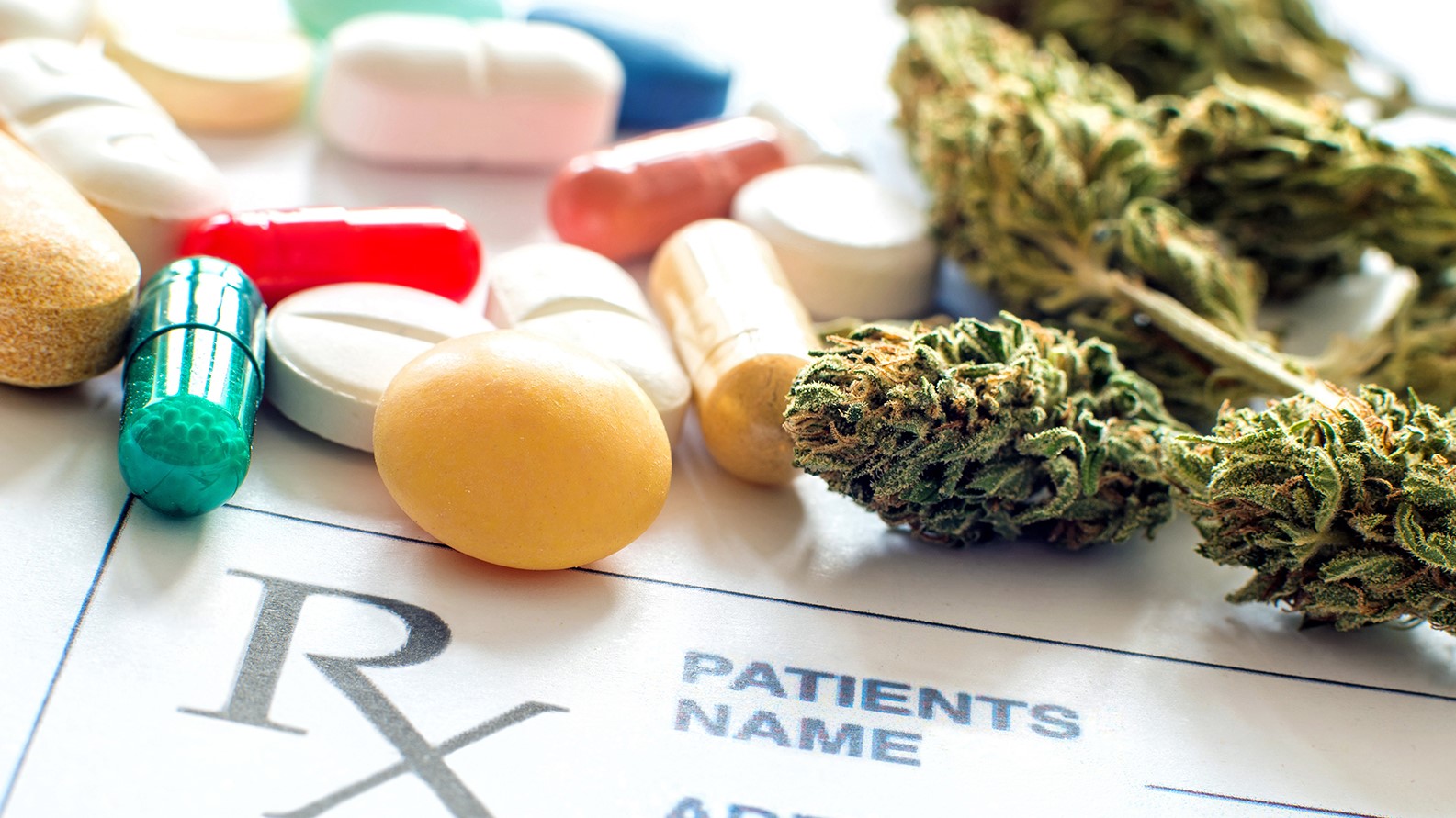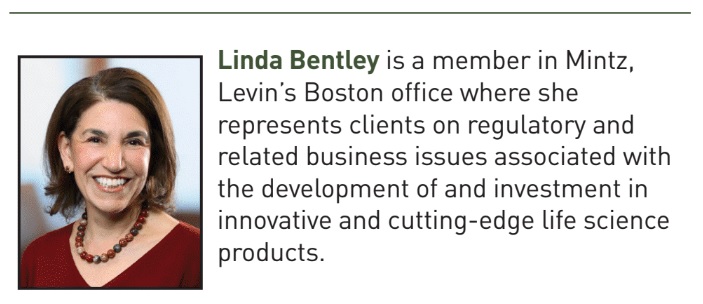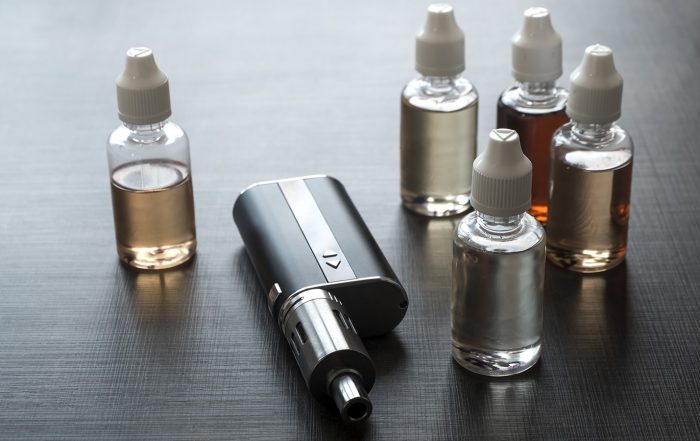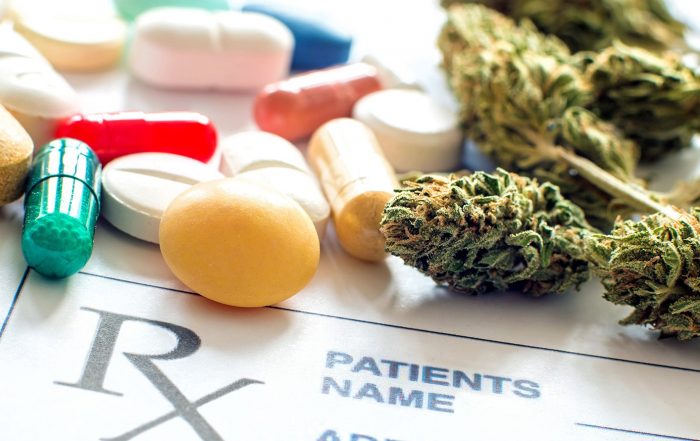
Epidiolex Approval Suggests the Way Forward for Marijuana-Derived Products
by Linda Bentley
On June 25, 2018, the U.S. Food and Drug Administration (FDA) took the historic step approving the first drug in the United States that contains a purified drug substance derived from marijuana. FDA’s approval of GW Pharmaceutical’s Epidiolex, a plant-derived cannabinoid oral solution for the treatment of seizures associated with two rare and severe forms of epilepsy—Lennox-Gastaut syndrome (LGS) and Dravet syndrome—opens the possibility for approval of cannabidiol, or CBD, the active ingredient in Epidiolex, for additional indications. The experience of successfully moving Epidiolex through FDA’s approval process offers some indications of how other potential cannabis-derived drug substances, including those derived from other constituents of the plant, such as THC, may successfully reach the market.1
FDA Action
Although FDA had not previously approved a marijuana-based drug, the possibility of such an approval has been under consideration for several years. For example, in congressional testimony by Dr. Douglas C. Throckmorton on “Researching the Potential Medical Benefits and Risks of Marijuana,”2 e described how development programs for drugs derived from marijuana are eligible for certain FDA expedited review and development programs under appropriate circumstances. He noted that there is considerable public interest in developing new therapies from marijuana and its constituents and indicated that FDA would continue to play its role in ensuring that any such new therapies are safe, effective, and manufactured to a high quality, applying the drug development paradigm that continues to provide new medicines that meet these standards for patients. This position was reiterated by Commissioner Scott Gottlieb in a press release announcing the approval of Epidiolex. He stated, “We’ll continue to support rigorous scientific research on the potential medical uses of Marijuana-derived products and work with product developers who are interested in bringing patients safe and effective, high quality products.”
Although anticipation of the hurdles that would face a sponsor seeking approval of a marijuana-derived cannabinoid is daunting to some drug developers, it seems that GW Pharmaceuticals made the most of FDA’s willingness to engage throughout the product development process. According to its most recent 20-F, filed with the Securities and Exchange Commission on December 4, 2017, the company held a pre-Investigational New Drug (IND) meeting with FDA in February 2014 to discuss its investigational plan for Epidiolex in Dravet syndrome, submitted its IND in May 2014, and commenced a Phase 2/3 trial in October 2014. Later, LGS was included as an additional indication under the IND. A pre-New Drug Application (NDA) meeting in July 2016, resulted in the company pursuing a single NDA with Phase 3 data from one Dravet trial and two LGS trials. The NDA was submitted in October 2017 and approval was received a few days before its PDUFA date. This expeditious timeline suggests that the company and FDA developed a good working relationship and that the company took advantage of the periodic guidance that it received from FDA.
The NDA included three randomized double-blind, placebo-controlled trials involving 516 patients; additionally, the company submitted the results of an open-label extension study. An FDA Advisory Committee recommended unanimously in favor of the risk-benefit profile for the requested indications. However, questions about the drug still exist, and in its approval letter, the FDA specified 17 postmarketing animal and human studies (primarily evaluations of several specific drug-drug interactions) that the company will have to perform in accordance with an agreed-upon schedule.3
DEA Action
Under the Controlled Substances Act (CSA), CBD has been classified as a Schedule I substance because prior to the approval of Epidiolex it had “no currently accepted medical use and a high potential for abuse.” Before a newly FDA-approved Schedule I substance such as Epidiolex may be launched, it must be rescheduled by the DEA. Thus, as part of its review process, FDA had to consider not only whether Epidiolex is safe and effective for its intended use under the Food, Drug and Cosmetic Act (FDCA), but also assess its abuse potential in accordance with CSA standards. Subsequent to approval, FDA sent DEA a scientific and medical evaluation and scheduling recommendation as required by the established procedure for obtaining rescheduling.
DEA is required to issue an Interim final rule enabling the marketing of the product no later than 90 days after the later of the date the DEA received the evaluation and recommendation or the date on which FDA notified the DEA that it had approved the drug. The interim final rule is effective immediately, although it must be followed by a final rule regarding the drug’s new schedule. As of the date of publication of this article, DEA had not yet published the interim final rule with the new schedule for CBD,4 but the company has stated publicly that it anticipates that the active ingredient in the drug will be rescheduled to Schedule IV or Schedule V.5
Considerations for Companies Hoping to Develop Cannabis-Derived Medical Products
One of the first steps that many developers of a new drug take is to research previously approved drugs that are similar to their new drug or that target the same diseases or conditions that they intend to treat. For developers of new cannabis-derived drugs, the Epidiolex approval experience provides much useful information. While some of that information relates to the route to approval of a new drug that is both a botanical product and a controlled substance, most of the lessons learned are not specific to the development of marijuana-derived new drugs.
- Remember that the future of marijuana as a potential therapeutic drug will be governed by well-established drug development requirements. FDA’s approval of Epidiolex and the anticipated rescheduling of CBD by DEA will not affect the status of marijuana as a Schedule I substance.
- A marijuana-derived drug is a botanical product, which may lead to challenges in obtaining raw materials and proving that the drug substance can be consistently manufactured. GW Pharmaceuticals grew and manufactured the material used in its clinical trials, and as a result had extensive experience in the production of botanical raw materials and related manufacturing requirements, which other companies may have to develop.
- Develop a good working relationship with FDA and communicate early and frequently with the reviewing office. As noted above, GW Pharmaceutical’s regulatory interactions appear to have been productive.
- Target a serious unmet medical need in the treatment of serious or life-threatening conditions, at least for a first indication. This may lead to greater willingness on the part of FDA to work with a company to get the new drug to the market earlier and may also qualify the new drug for the additional benefits available under an expedited program such as fast track, accelerated approval, priority review, and breakthrough therapy.
- Remember that the DEA is the second agency whose requirements have to be met. In addition to the abuse potential information that will be part of FDA’s recommendation to DEA for a newly approved drug, a drug developer will have to consider limitations that may apply to the drug substance and an adequate supply for research purposes.
FDA approval of the first marijuana-derived prescription drug in the U.S. is significant because of its precedential value. It does not mean that the floodgates will be open to widespread approval of cannabis-derived drugs because they will still have to meet FDA’s established criteria for the approval of a new drug. However, it removes the nagging question of whether FDA will consider scientific and medical information on the safety and efficacy of such drugs and what specific concerns may have to be addressed in the future.
Post-Press: Effective September 28, 2018, DEA rescheduled GW’s Epidiolex to Schedule V. The rescheduling is narrow in that it applies only to CBD in a specific formulation of an FDA-approved drug product, i.e., CBD with no more than 0.1% THC. Otherwise, CBD is still a Schedule I substance. Schedule V is the least controlled category under the Controlled Substance Act and reflects a finding that the Epidiolex formulation has a low potential for abuse.
Update Magazine
October/November 2018
- CBD is one of several plant-based cannabinoids that does not cause the intoxication or euphoria (the “high”) that is usually associated with marijuana and is believed to be caused by tetrahydrocannabinol (THC). Nevertheless, FDA has not automatically disqualified THC-containing drugs from consideration. For example, prior to its approval of Epidiolex the agency approved Marinol Capsules and Syndros, each of which has as its active ingredient dronabinol, a synthetic THC, and Cesamet Capsules, which contains the synthetic cannabinoid nabilone as its active ingredient.
- Dr. Throckmorton, as the Deputy Director for Regulatory Programs for the Center for Drug Evaluation and Research (CDER) at FDA, testified before the Subcommittee on Crime and Terrorism, Committee on the Judiciary, U.S. Senate, on July 13, 2016.
- See https://www.accessdata.fda.gov/drugsatfda_docs/nda/2018/210365Orig1s000TOC.cfm for the Drug Approval Package for Epidiolex (Cannabidiol), which provides information about FDA’s review of the Epidiolex NDA.
- Note that it is CBD and not cannabis to which the rescheduling will apply. Also, any form of CBD other than in an FDA-approved drug product should remain a Schedule I controlled substance.
- DEA categorizes controlled substances into one of five schedules. Schedule 1 substances have a high potential for abuse, no currently accepted medical use in treatment, and lack of accepted safety for its use under medical supervision. Schedule II substances present the highest potential for abuse and physical or psychological dependence and Schedule V substances present the lowest relative potential for abuse and dependence.







